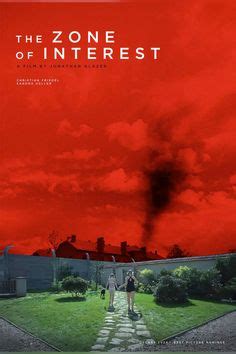Zone of Interest

Description:
Jonathan Glazer's The Zone of Interest is a stark, unsettling meditation on the ordinary violence of a Nazi family, set against the era's machinery of genocide. Told through glacial, patient compositions, the film binds intimate domestic life to the vast horrors of occupation and camp administration, inviting moral reflection rather than sensationalism. Its restrained tone and unsettling stillness linger, turning history into a precise, devastating inquiry into culpability and memory.Keywords:
Social Criticism, Drama, Historical Drama, Psychological Drama, HolocaustWas Zone of Interest based on a true story?
"Zone of Interest" is based on the novel of the same name by Martin Amis, which is inspired by the real-life events surrounding the Auschwitz concentration camp during World War II. The story focuses on the life of a Nazi officer and his family living near the camp, highlighting the juxtaposition of their mundane domestic life against the horrors of the Holocaust. While the characters and their specific experiences are fictionalized, the historical context and setting are grounded in true events.
Is Zone of Interest difficult to watch?
"Zone of Interest," directed by Jonathan Glazer, presents a challenging viewing experience due to its subject matter. The film explores the life of a Nazi officer and his family living near Auschwitz, juxtaposing domestic tranquility with the horrors of the Holocaust. Its detached, observational style and minimal dialogue create an unsettling atmosphere, prompting viewers to confront the moral implications of the characters' lives. While visually striking, the film's themes can be emotionally intense and thought-provoking, making it difficult for some audiences to watch.
Is The Zone of Interest house still there?
Yes, the house featured in "The Zone of Interest," which represents the home of a Nazi officer near Auschwitz, is still standing. The actual structure used for the film is located in Poland, near the site of the Auschwitz concentration camp. It serves as a poignant reminder of the historical events that took place in that area. The film's setting aims to explore the juxtaposition of everyday life against the backdrop of the Holocaust, making the house a significant symbol in the narrative.
Explore More Categories: